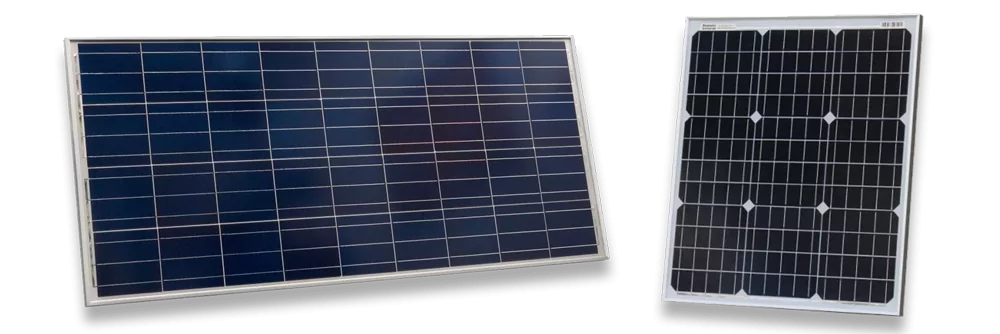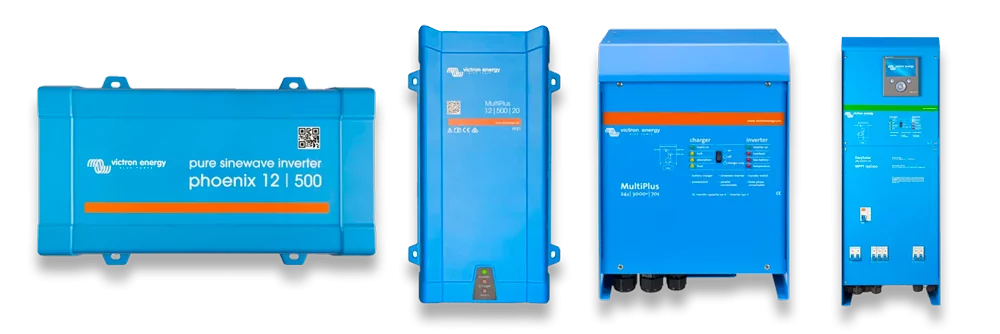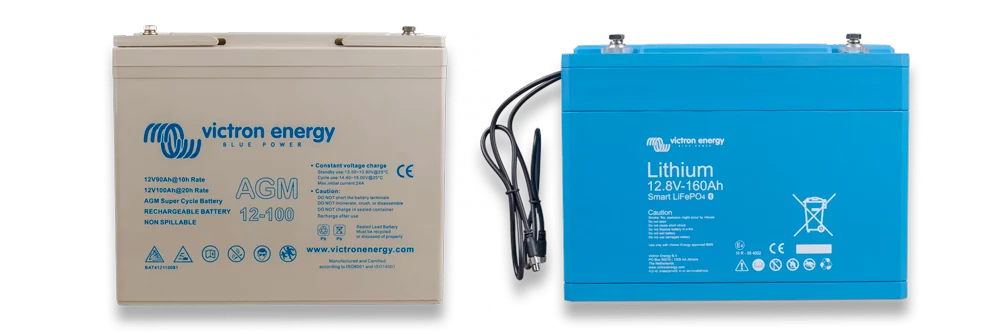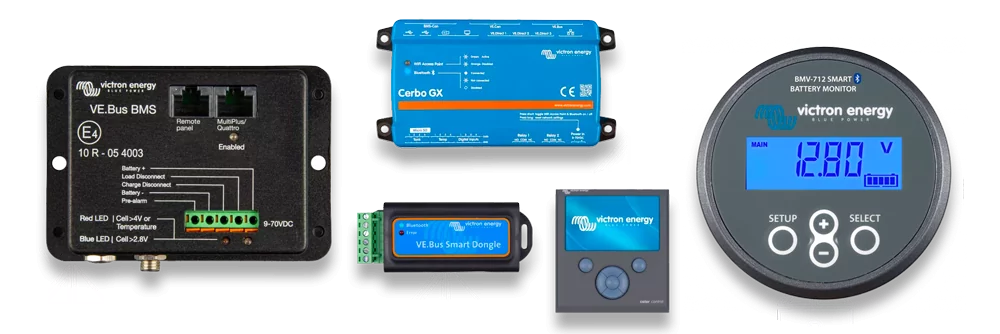Understanding Series and Parallel Wiring: Everything You Need to Know
One common question that we get asked here at Tiny Build Electrics is in relation to series and parallel. Batteries in parallel? Solar array in series? Pros, cons? This is a key stage in your Tiny Build and something you definitely want to get right! In this article we are going to break it down…







